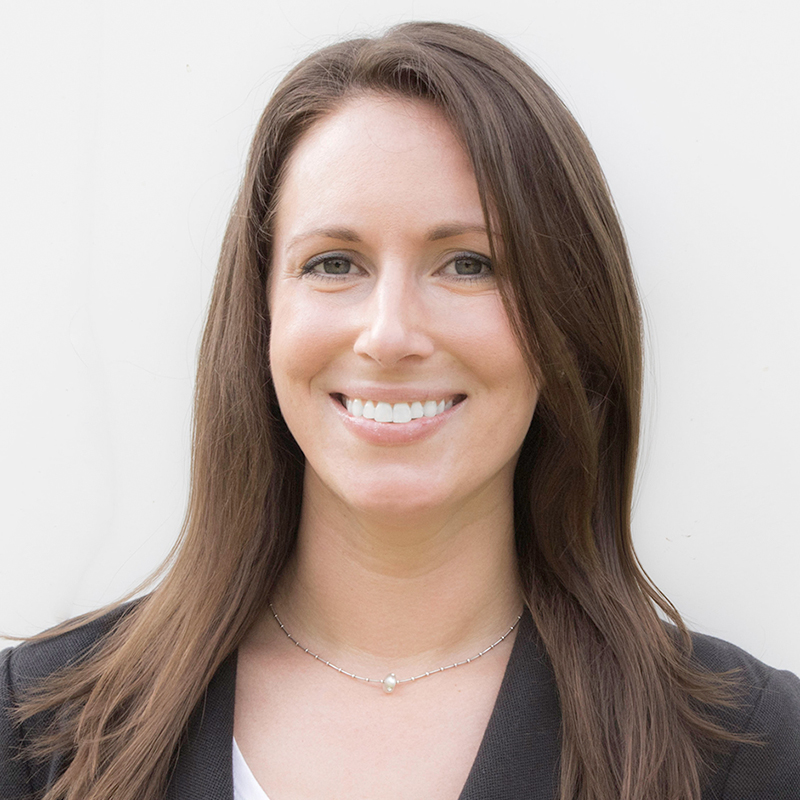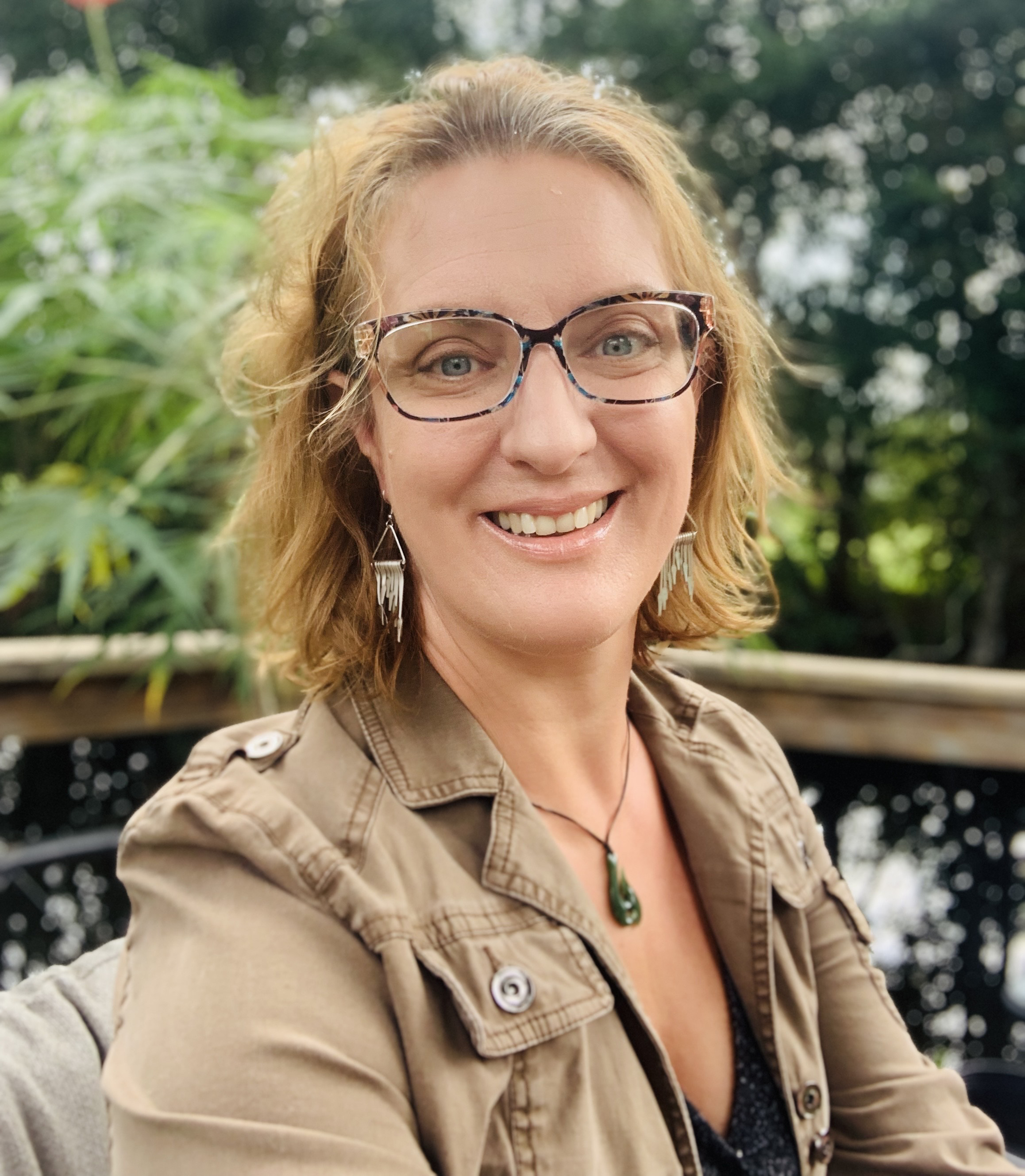 | 1 LU |
 | 1 LU |
Physical space can be a catalyst for change, it can communicate and foster the skills we value and seek to instill in our students. Ownership and self appropriation contribute to an ideal future state for students. This is built on the principle of critical thinking; of understanding how to make the world around them work with them, not against them. Garden City Elementary will be built on this notion of using space as a catalyst for change to foster the skills their diverse range of students need to thrive. When the new school project was drafted, Cranston Public School District realigned their vision for learning and teaching. A pillar of this vision is a strong commitment to designing learning environments that reflect the values and aspirations of all their learners. The school district gave the students at Garden City Elementary a unique assignment: design their ideal learning environment. This year-long project, spanning two academic years, took place to shift educators’ thinking, model the way for students, and encourage the adoption of learning environments to be the catalyst for change, for all. From ideation to prototyping, 2nd, 3rd and 4th grade students were actively involved throughout the process to ensure the school was built to support their diverse range of needs. This session will guide participants through the project from start to current state, shifting perspectives to more closely align with that of an elementary student, and ensuring a clear understanding of how to gather and implement student voice in a clear and actionable manner. The project at Garden City Elementary will be the session focus, with examples from other schools within the district, to articulate themes and learnings from a range of students, educators, and community stakeholders.
Learning Objectives:

Bryan is the principal at Garden City Elementary, part of Cranston Public Schools in Cranston, Rhode Island. As a former classroom teacher, Bryan has a deeply rooted passion for creating dynamic learning experiences, engaging students, educators, and staff alike within their learning community. Bryan received a Masters of Education from Providence College, with an emphasis in Elementary and Middle School Administration/Principalship.

Michelle is the chief strategy officer (CSO) at Natural Pod, a company focused on creating better learning environments. Michelle specializes in developing, communicating, executing, and sustaining strategic initiatives, ensuring Natural Pod thoughtfully supports students and educators within their learning environments.

Jay, studio director and partner at Fielding International, has focused his 40+ years of professional experience on planning and designing educational facilities, campus planning, libraries, and historic rehabilitation. His education experience spans Early Childhood, K-12, & Higher Education and the development of teaching and learning strategies for children with hearing and other sensory impairments. He has worked nationally and internationally with all types of schools and governing bodies, including Public, Charter, International, and religious schools. He profoundly believes all schools should be “awesome” places where student collaboration, student agency, and a combined spirit of wellness and well-being are supported and celebrated.

Jennifer, Sr. Designer and Project Manager at Fielding International, has been designing and planning schools around the world for over 15 years of experience. Her passion for creating healthy and engaging learning environments are exemplified in some of Fielding International’s most notable designs, including Col.legi Montserrat in Barcelona, Spain; the Academy of Holy Names in Tampa, Florida; and, at the International School of Kazan in the Republic of Tatarstan, Russia. Working closely with Fielding’s Design Architects, our in-house Educators, students and teachers, Jennifer ensures that school interiors function as 21st century educational spaces, allowing for maximum flexibility and variety with furniture selections, and that they are aesthetically inspiring with interior details, lighting, finishes and color selections. Her goal is to help ensure schools provide a safe place for students to be uninhibited creatively, academically, and inspired for a lifetime of learning.
The built and natural environments have profound impacts on our behaviors both for better and worse. How do we cultivate a sense of place for better? How might the built and natural environments be made to enhance teaching and learning? How might school buildings and grounds foster a sense of community by reflecting those they serve?
Primary Core Competency
Educational Visioning: Exhibits an understanding of best and next practices related to educational leadership, programming, teaching, learning, planning and facility design. Establishes credibility with educators, community members and design professionals while conceiving and leading a community-based visioning process. Demonstrates the ability to articulate the impact of learning environments on teaching and learning and uses that ability to facilitate a dialogue that uncovers the unique needs and long-range goals of an educational institution and its stakeholders – translating that into an actionable written/graphic program of requirements for the design practitioner.